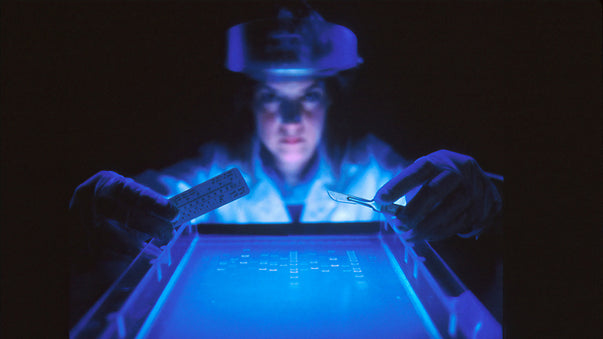Elon Musk’s Monkey Uses Neuralink to Play MindPong

I’m a great fan of Elon Musk. His Tesla electric cars are reducing our dependence on fossil fuels and racing toward a green Earth. Others talk the talk, but Elon walks the walk. Musk’s SpaceX rockets will open the road to the stars and make humanity interplanetary.
Of course Elon makes a lot of money with all that. And of course deep down he must be a flawed human being like the rest of us. But what he has done and continues to do deserves admiration and respect.
Elon Musk’s neurotechnology company, Neuralink, is developing implanted, wireless, fast brain-machine interface (BMI) technology. Neural interfaces could enable paralyzed people to operate computers and mobile devices directly with their thoughts, easily and fast (see Pulse 111, 167, 168).
The latest update released by Neuralink has been widely covered by the media. It shows a monkey named Pager. A video shows Pager playing Pong in real time with his mind alone, moving “a cursor on a computer screen with neural activity using a 1,024 electrode fully-implanted neural recording and data transmission device.”
The brain implant used by Pager is called N1 Link. It captures brain activity and translates the neural signals into intended movement. The output is used to direct the movement of a “MindPong paddle” on a computer screen. And that enables the monkey to play pong with his mind, while sipping a banana smoothie.
"First Neuralink product will enable someone with paralysis to use a smartphone with their mind faster than someone using thumbs," Musk tweeted.
The Neuralink technology used in this demo prepares the way for future applications to human patients with paralysis. The neurons of paralyzed patients remain directionally tuned to movement intention. Therefore, it will be possible to translate the intention to move a finger on a trackpad into the actual movement of a cursor. Paralyzed patients will be able to type and do all that can be done with a computer, just by thinking about how they want the cursor to move.
“Our first goal is to give people with paralysis their digital freedom back: to communicate more easily via text, to follow their curiosity on the web, to express their creativity through photography and art, and, yes, to play video games,” reads the Neuralink update. “After that, we intend to use the Link to help improve the lives of those with neurological disorders and disabilities in other ways.”
“For example, for people with paralysis the Link could also potentially be used to restore physical mobility. To achieve this, we'd use the Link to read signals in the brain and use them to stimulate nerves and muscles in the body, thereby allowing the person to once again control their own limbs.”
Elon Musk's Neuralink update is soberly worded, and only mentions near-term applications to paralyzed patients. But it’s easy to see that, besides medical applications, the Neuralink device could enable science-fictional applications. Imagine what you'd do if you could control a computer with your mind or connect a Neuralink in your brain to Neuralinks in others' brains.
“Perhaps more exciting is a brain-machine interface’s ability to connect brains to the cloud and all its resources,” notes technology expert David Tuffley. “In theory, a person’s own 'native' intelligence could then be augmented on demand by accessing cloud-based artificial intelligence (AI).”
“Human intelligence could be greatly multiplied by this. Consider for a moment if two or more people wirelessly connected their implants,” added Tuffey. “This would facilitate a high-bandwidth exchange of images and ideas from one to the other.”
More Articles
Don't miss a beat! In our Pulse Newsletter, Thrivous curates the most important news on health science and human enhancement, so you can stay informed without wasting time on hype and trivia. It's part of the free Thrivous newsletter. Subscribe now to receive email about human enhancement, nootropics, and geroprotectors, as well as company news and deals.
Read more articles at Thrivous, the human enhancement company. You can browse recent articles in Thrivous Views. See other Pulse Newsletter articles. Or check out an article below.
-
CRISPR Epigenetic Editing Silences Genes Without DNA Edits
Scientists at UC San Francisco and Whitehead Institute have modified CRISPR cut-and-paste gene editing technology to extend its reach beyond ...
-
Using Bacteria to Fight Cancer with Immunotherapies
Cancer researchers led by Weizmann Institute of Science have discovered that the immune system "sees" bacteria residing within tumor cells. ...


